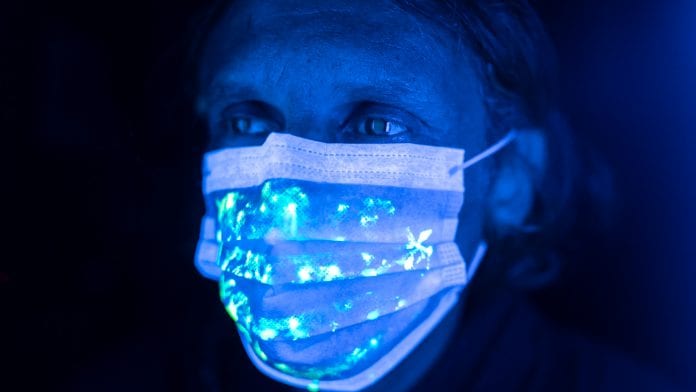
A new study has shown that 99.9% of coronaviruses can be killed when exposed to far-UVC light.
The study, carried out by researchers at Columbia University Irving Medical Center, has used far-ultraviolet C (UVC) light, at a wavelength which is safe for humans, to kill more than 99.9% of coronaviruses that are found present in airborne droplets. The coronaviruses are structurally similar to the SARS-CoV-2 virus that causes the novel COVID-19
Lead author, David Brenner, Higgins Professor of Radiation Biophysics at Columbia University Vagelos College of Physicians and Surgeons and director of the Center for Radiological Research at Columbia University Irving Medical Center, said: “Based on our results, continuous airborne disinfection with far-UVC light at the current regulatory limit could greatly reduce the level of airborne virus in indoor environments occupied by people.”
The research has been published in the journal Scientific Reports.
Killing coronaviruses with far-UVC light
Currently, the viruses can be killed by conventional germicidal UVC light at a wavelength of 254 nm wavelength, however, this wavelength is not safe for humans. For this study, the researchers looked at using far-UVC light at a wavelength of 222 nm, which cannot penetrate through the eye or the outer, dead layer of skin – meaning it cannot damage human cells. The researchers believe that far-UVC light will be safe to use in occupied indoor public places to reduce the risk of transmission and infection of COVID-19.
To investigate the efficacy of far-UVC light for killing coronaviruses, the researchers used a misting device to aerosolise two common coronaviruses, which were then flowed through the air in front of a far-UVC lamp. They then tested to see how many were still alive – finding that 99.9% of the viruses had been killed by a very low exposure.
The researchers believe that continuous exposure to the far-UVC light would kill 90% of airborne viruses in about eight minutes, 95% in 11 minutes, 99% in about 16 minutes, and 99.9% in 25 minutes.
Brenner said: “Far-UVC light doesn’t discriminate between coronavirus types, so we expected that it would kill SARS-CoV-2 in just the same way. Since SARS-CoV-2 is largely spread via droplets and aerosols that are coughed and sneezed into the air it’s important to have a tool that can safely inactivate the virus while it’s in the air, particularly while people are around.
“Because it’s safe to use in occupied spaces like hospitals, buses, planes, trains, train stations, schools, restaurants, offices, theatres, gyms, and anywhere that people gather indoors, far-UVC light could be used in combination with other measures, like wearing face masks and washing hands, to limit the transmission of SARS-CoV-2 and other viruses.”











I believe this is the study they are referencing: https://www.nature.com/articles/s41598-020-67211-2